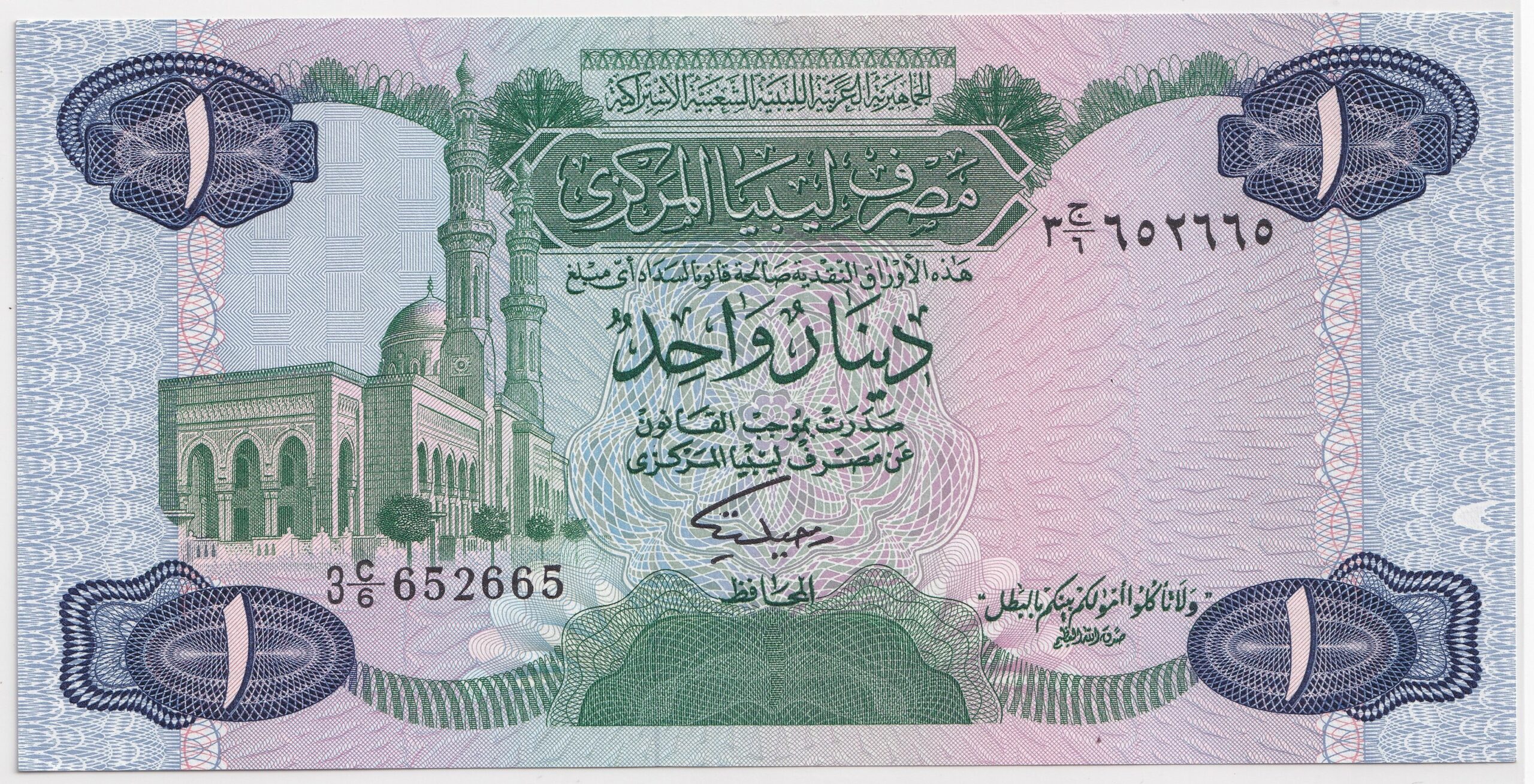Who decides how much art is worth?
Art is a currency, and like currency it has a commercial value based on collective intentionality. It has an intrinsic, objective value (not more than that of a fifty dinar note). Human stipulation and declaration establish and maintain the value of art through collective intentionality.
People are astonished or furious when they hear that a particular work of art has been sold for a large sum of money because they believe that art serves no purpose.
Many people would choose a six-bedroom house with spectacular views over a Mark Rothko painting of two misty dark-red rectangles if they were given a choice between the two. Although most of us understand the concept of paying for size and location in real estate, we have no criteria (or confidence in the criteria) to judge the price of a work of art.
We pay for things that can be lived in, driven, consumed, and worn; and we believe in an empirical ability to judge their relative quality and commercial value. No matter how luxurious, such things also sustain the basic human functions of shelter, food, clothing, and transport.
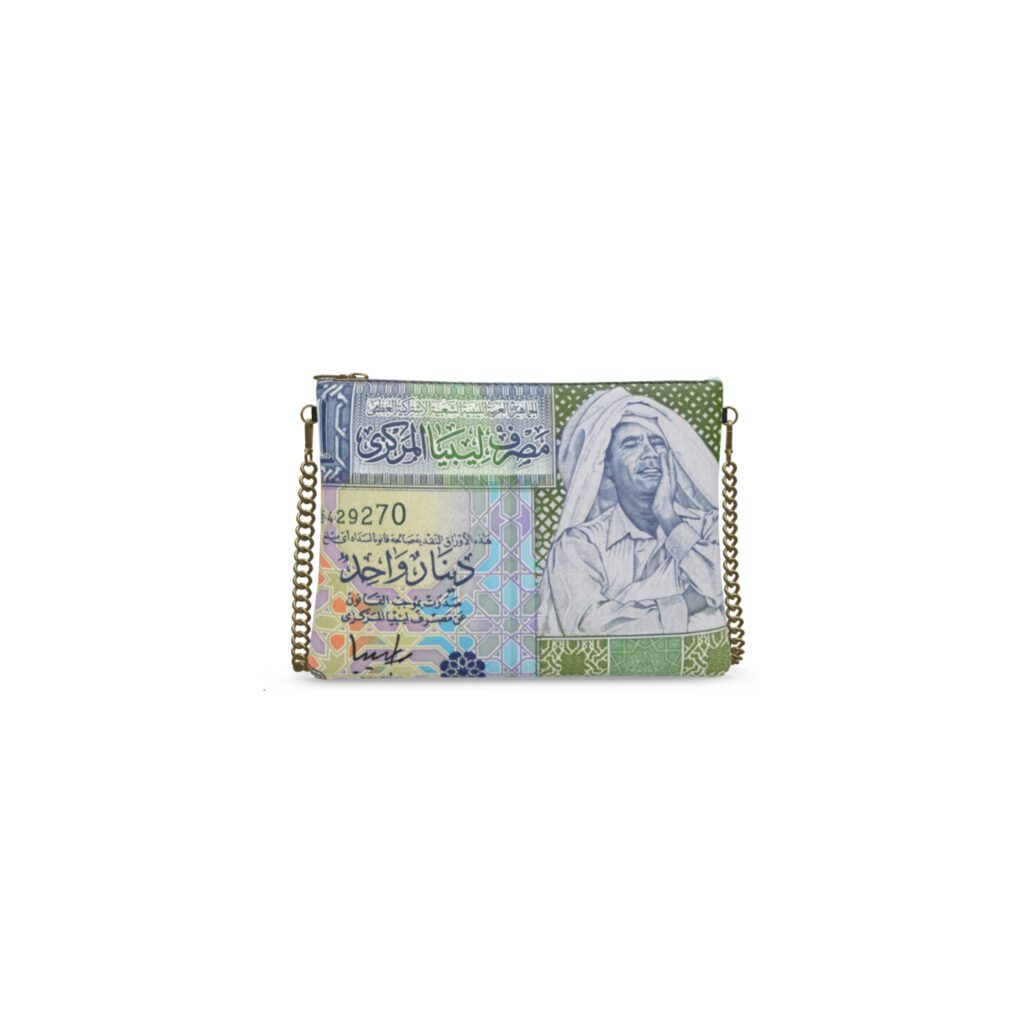
£495.00
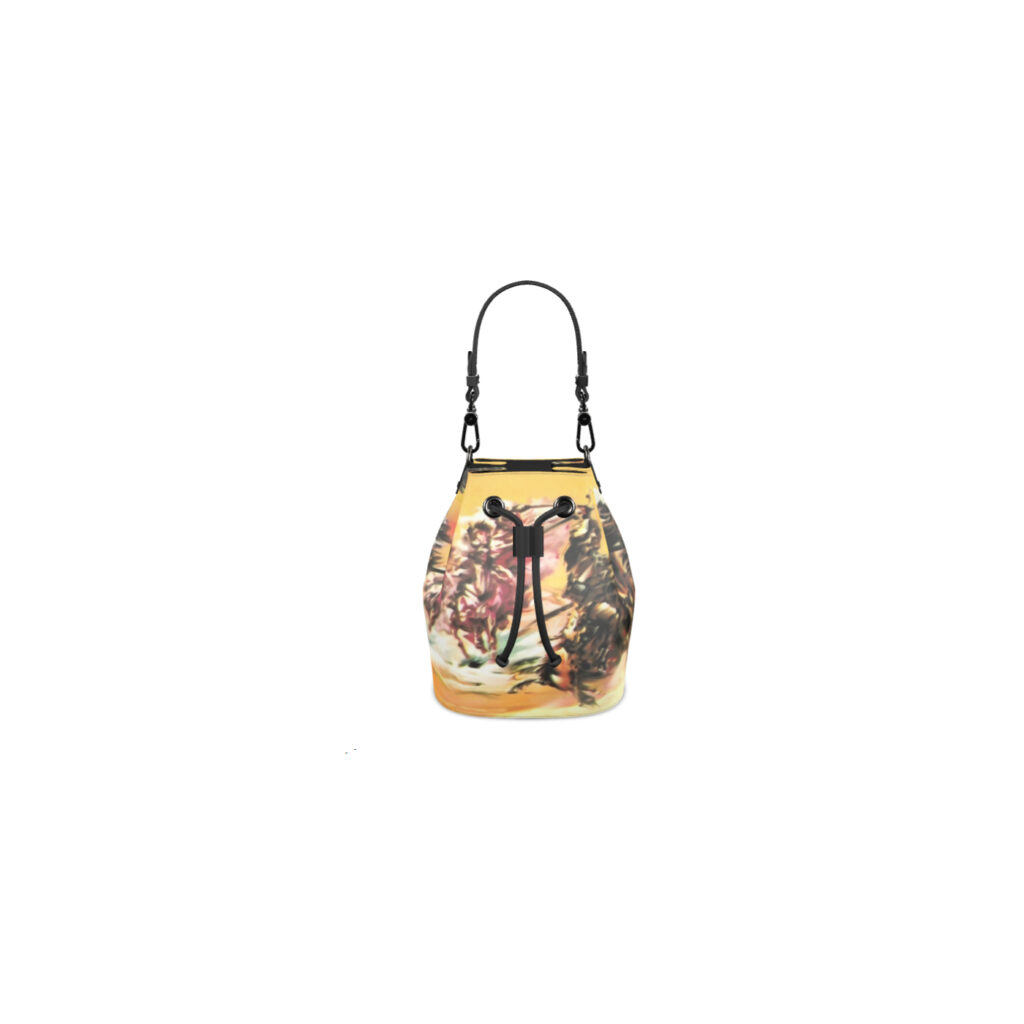
£1,790.00

£3,150.00
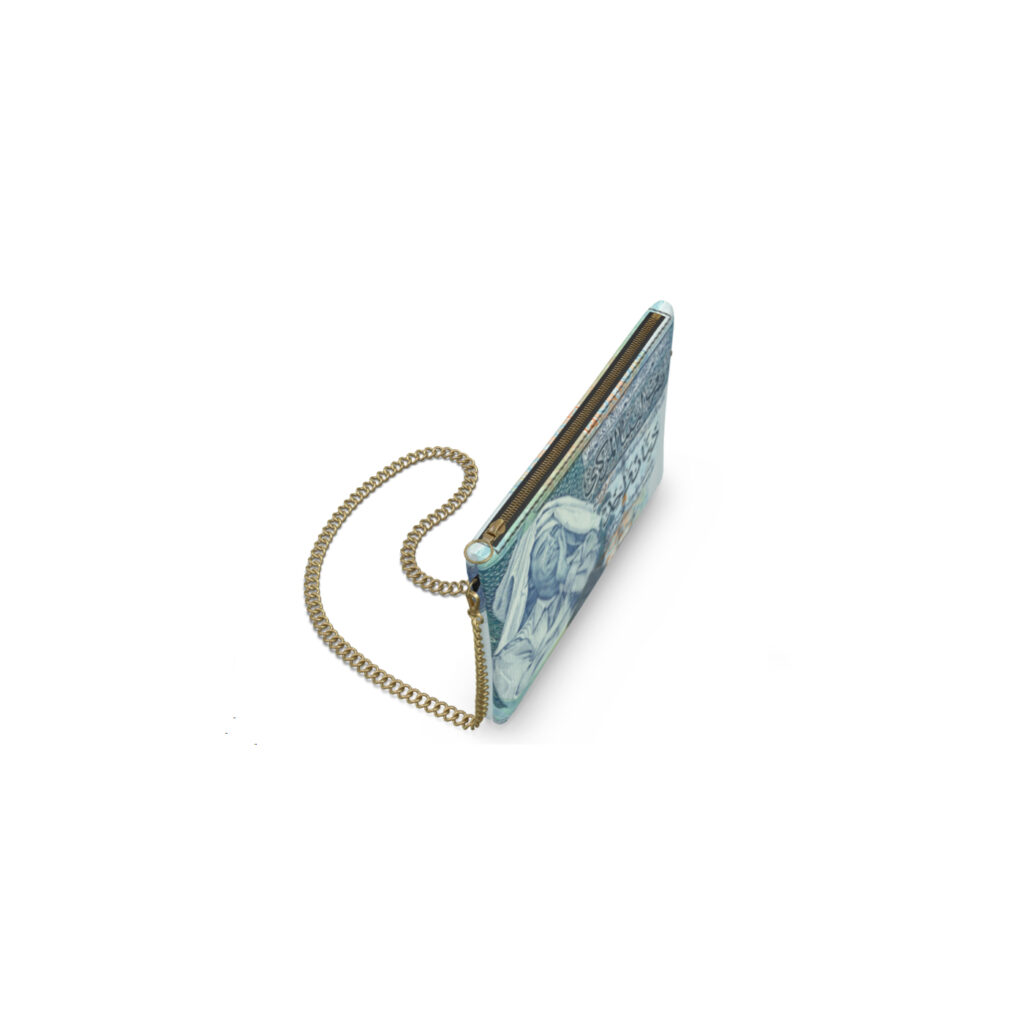
£750.00
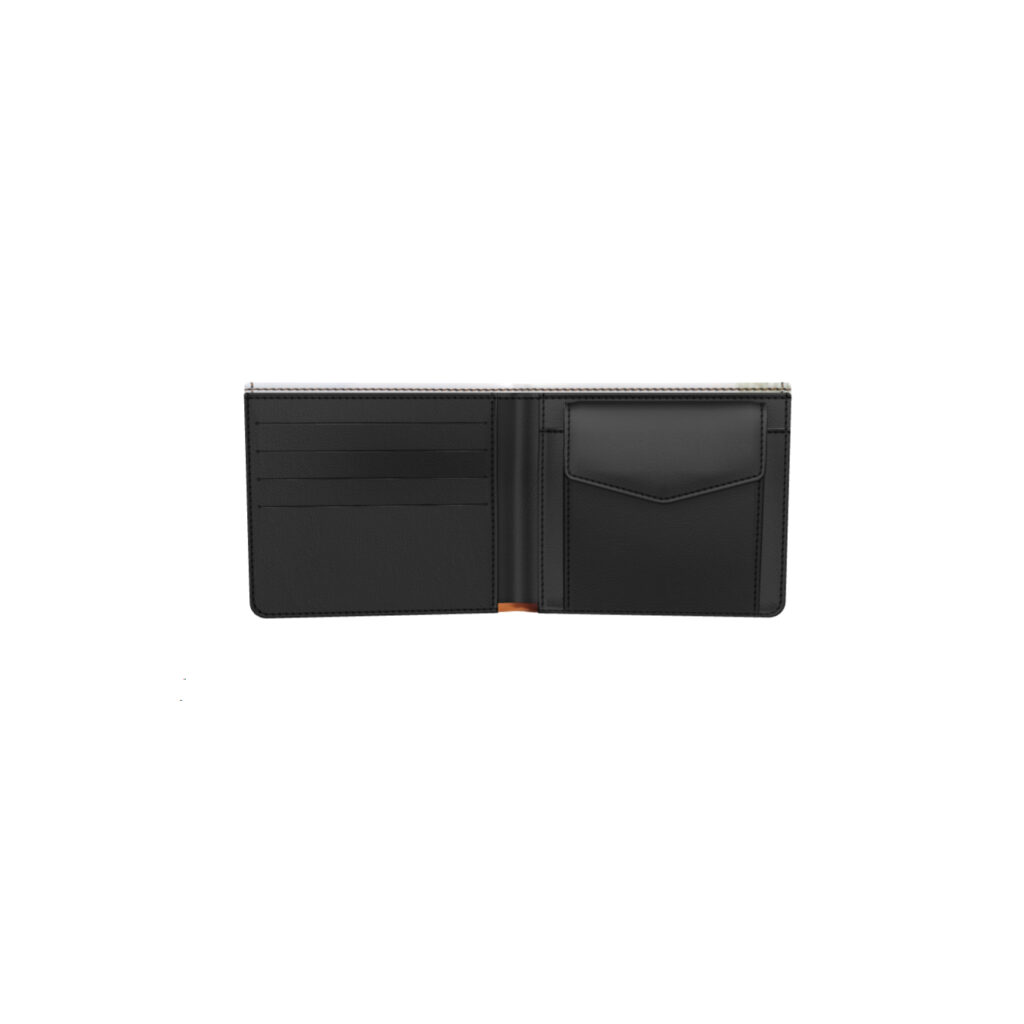
£240.00
They are ‘stuff’ as opposed to people or ideas, which are immaterial (except as they may represent themselves in material form). To call anything that does not have a utilitarian function, something for purely personal use, is to indulge in an arbitrary distinction with no functional significance: it simply creates more stuff for us to own, drive, consume, or wear, without adding any useful purpose to our lives beyond aesthetic pleasure or status enhancement.
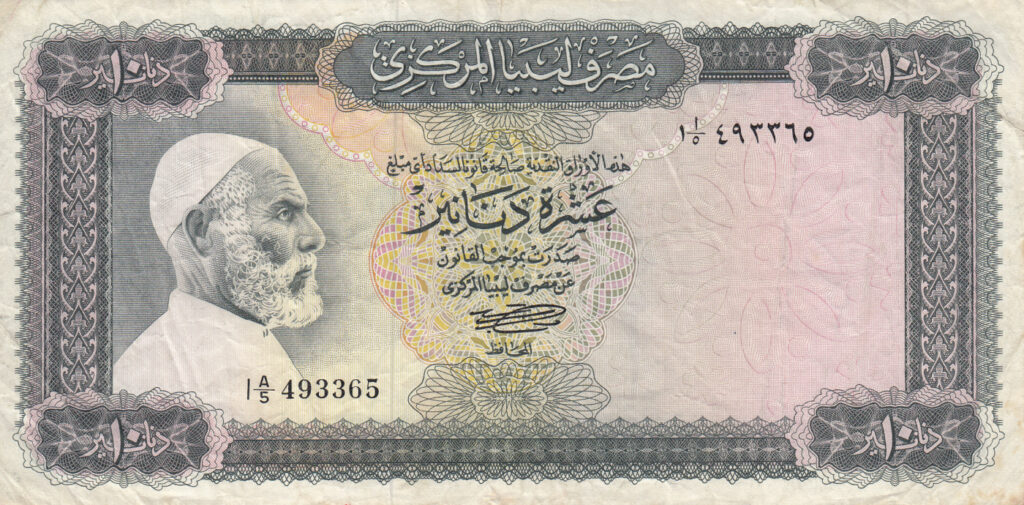
So, what should we do about this? Should we make all these useless objects go away? After all, there are plenty of less wasteful ways to create and manage goods and services than by using up resources, depleting natural capital, polluting the environment, and exploiting labour.
The larger the work, the higher the price, with the exception of paintings and sculptures that may be too large for domestic installation and require the kind of space usually found only in institutions, office buildings and shopping malls. Such works may be proportionately less expensive because they are harder to sell. Although the artist’s audience has not yet rendered an opinion about which type of work is better or more desirable than any other, and the artist may feel some smaller works are better than some larger ones, usually size wins out, and the smallest works are usually the least expensive.
The size of a work also affects its marketability; large pieces generally command more money than small ones do simply because buyers think that bigger is better in terms of quality and appeal, so if they can afford it they want it big, regardless of how much it costs them or their business partners (a bank, a building owner, an art dealer).

